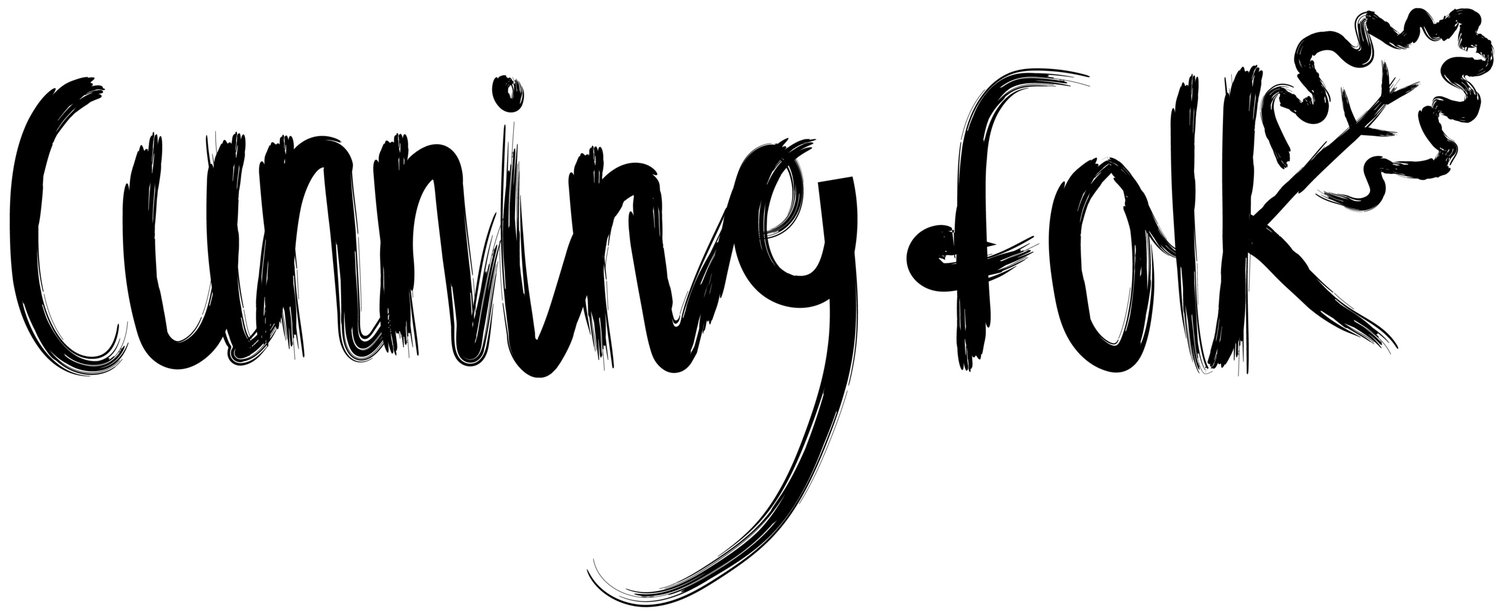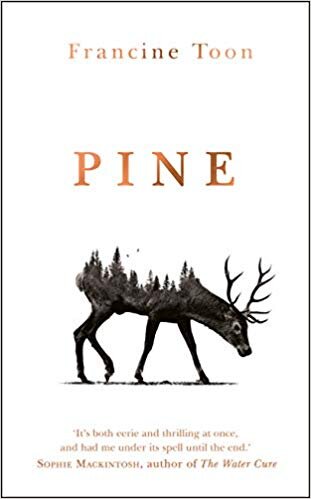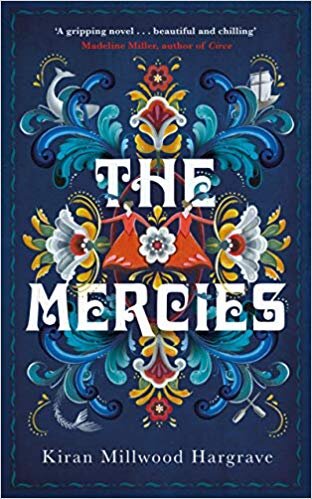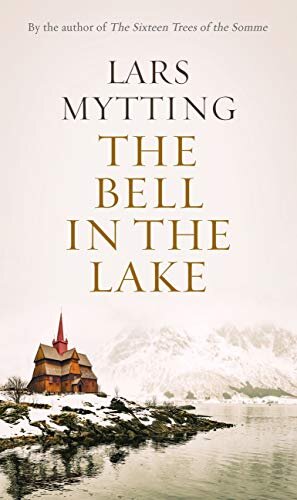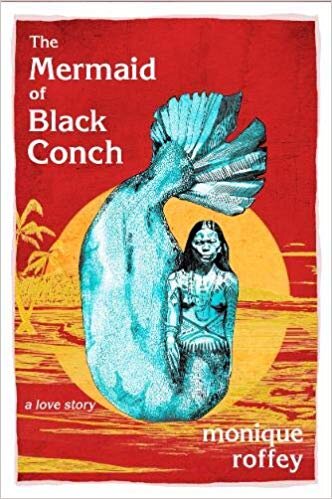Many come to Cunning Folk with a thirst for creative inspiration and an openness to learning. Among our readers are many aspiring writers, but we know this path can sometimes seem intimidating and inaccessible. In light of this, we’re facilitating a mentoring scheme, inspired by the great work done by WoMentoring (which unfortunately no longer exists). All the mentors below in some way work with our themes in their writing: magic, mythology, folklore and/or the occult. Importantly, this is a free opportunity.
Become a mentor
If you are a writer and you’d like to offer mentoring, on a voluntary basis, to an aspiring writer, please get in touch at cunningfolkmagazine@gmail.com. In line with the niche, we’re interested in magical realism, fantasy, Weird Fiction, folk horror, and stories that draw from folklore, mythology, or the occult, as well as non-fiction and poetry. We are pretty open regarding theme and influence as we know creativity in itself can be quite a mysterious process.
Applying to be a mentee
What might you expect from mentoring?
All our mentors are different, as are the exchanges between mentor and mentee. Here is a testimonial from Elspeth Wilson, who was mentored by Kirsty Logan:
“Accessing mentoring through the Cunning Folk Scheme helped grow my confidence and gave me the focus and deadlines necessary to finish my novel in challenging personal circumstances. Kirsty Logan was an incredibly generous and insightful mentor who encouraged me to think about my characters and plot in new ways whilst also giving me helpful insights into the world of publishing and agents. She challenged and pushed my ideas for the novel which allowed me to grow as a writer and have the confidence to make significant changes my work.”
What does it cost?
Nothing! We at Cunning Folk are facilitating this on a voluntary basis—our mentors are generously donating their time on a voluntary basis. As such, it may take a while for us to get back to you. Thank you for your patience.
Who can apply?
-Anyone who has a writing project that has some connection to the themes laid out above.
-Most mentors have said they will give priority to writers from a background less represented in publishing.
Guidelines
Please Note due to the volume of submissions we anticipate, we will not be able to forward on or consider submissions that do not follow the guidelines below.
You can only apply for one mentor at a time, once every 6 months.
You must email cunningfolkmagazine@gmail.com . Do not email the authors directly. These emails will go unanswered.
Your subject line should be Cunning Folk Mentoring: (name of preferred mentor)
In the body of your email, state your name.
Attach one word file or PDF with: a short statement of no more than 300 words explaining why you’d benefit from mentoring AND a writing sample of up to 1000 words. **Edit: Your sample does not have to be a complete story, and it does not have to be from the work-in-progress you want to work on with your mentor, but it should be somehow give a sense of your work. If you want to work on verse, send verse. If you want to work on prose, send prose. If your project is non-fiction, send non-fiction.
Before applying, please research each mentor and see whether they’re a good fit. We recommend reading their work.
We are all voluntarily putting time and effort into this project, so it will take a while before you hear back. If you do not hear back within 6 months, please assume you have been unsuccessful this time, but feel free to apply again (either by submitting a different writing sample and project idea or applying to work with a different author who might be a better match).
Molly Aitken
Image © Christy Ku.
I am a novelist and short story writer with a focus on folklore, myth and magic. My novel, The Island Child was published by Canongate in January 2020. I have an MA in Creative Writing from Bath Spa University where I won the Janklow and Nesbit Prize. I have been shortlisted and won several short story competitions. I also work as a developmental fiction editor.
I explore the alchemy of creativity on Instagram @molly.aitken and twitter @MollyAitken1
This is what Molly can offer:
-One mentee every 6 months working on fiction that in some way deals with magic, mythology, folklore and/or the occult.
-x2 1-hour Skype/phone or in-person meetings (location dependent).
-Reading and feedback on up to 5000 words.
-A recommended reading list based on the writer's project.
Kirsty Logan
Kirsty Logan’s latest book is Things We Say in the Dark; she is the author of three short story collections, two novels, a flash fiction chapbook, a short memoir, and collaborative work including ‘Lord Fox’, a live show of spoken word, song and harp music, and ‘The Knife-Thrower’s Wife’, an Angela Carter-inspired album. Her books have won the Lambda Literary Award, Polari Prize, Saboteur Award, Scott Prize and Gavin Wallace Fellowship. Her work has been optioned for TV, adapted for stage, recorded for radio and podcasts, exhibited in galleries and distributed from a vintage Wurlitzer cigarette machine.
What Kirsty can offer:
I can offer three 1-hour mentoring sessions (in person in Glasgow, or over video chat/phone, or text chat if voice chat isn't possible) to one person every 6 months. I will give priority to women, LGBTQ+ people, and POC.
I'd like [prospective mentees] to send 300 words max on why they'd benefit from a mentoring session, and a 1,000-word max writing sample (doesn't need to be the piece they'd work on in the mentoring session, it's just to give an idea of their work).
Elizabeth Lee
Elizabeth Lee’s debut novel, Cunning Women, will be published by Windmill Books in February 2021. Her work has been selected for the WoMentoring Project and Penguin’s WriteNow Live. She studied on the Curtis Brown Creative Six Month Novel Writing Course, having received the Marian Keyes Scholarship. She lives in Warwickshire. Find her on Twitter @EKLeeWriter.
Elizabeth would like to work with the same author for one year. She would like to mentor someone who feels they're disadvantaged, financially or otherwise.
This is what Elizabeth can offer:
x4 1-hour meetings (location dependent)/Skype calls/Phone calls over the year.
x4 written feedback on 3,000 words.
